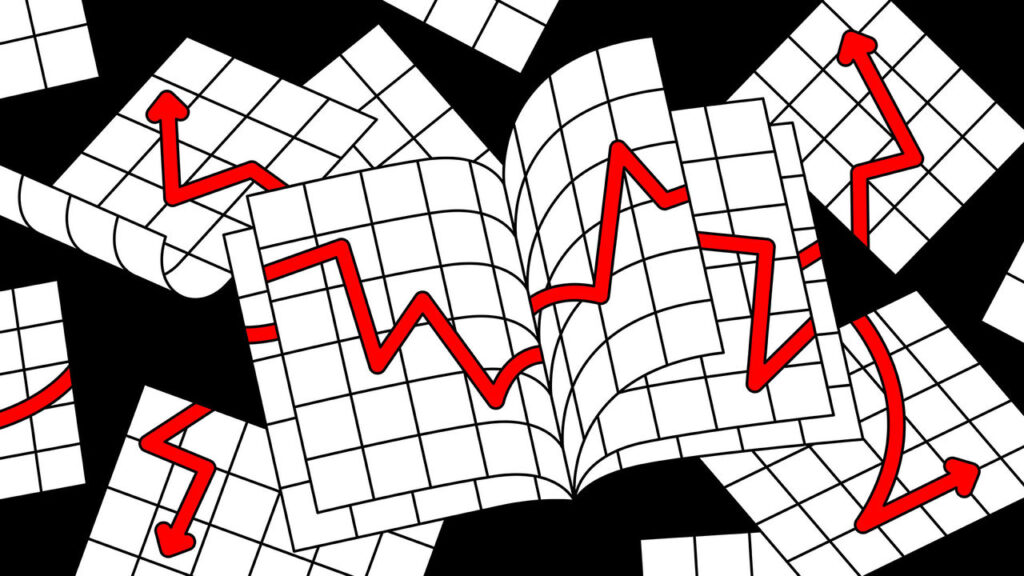An early-warning system for recessions is a highly valuable tool that could potentially save trillions of dollars for governments and investors alike. By being able to accurately predict when a recession is looming, governments would have the ability to distribute stimulus packages at just the right time to prevent a deep economic downturn, while investors could make strategic decisions to protect their assets and potentially even profit from the situation. However, the current process for determining when a recession has officially begun is often too slow to be useful in practice.
In the United States, the National Bureau of Economic Research serves as the official arbiter of recessions. However, the NBER can take months to analyze economic data and make a formal declaration. This delay makes it difficult for policymakers to respond in a timely manner to economic downturns, as decisions regarding stimulus measures must often be made under significant time constraints. In other countries, the reliance on GDP data to identify recessions also presents challenges, as this data is often subject to revisions and can be released with a significant lag.
The need for a more proactive and accurate early-warning system for recessions is evident. By developing such a system, policymakers and investors could be better prepared to respond to economic changes and mitigate the impact of recessions. This could not only save trillions of dollars in potential losses, but also help to stabilize financial markets and promote economic growth.
One approach to improving the early detection of recessions is to utilize a combination of leading indicators that are known to be correlated with economic downturns. These indicators could include measures such as unemployment rates, consumer sentiment, and business investment levels. By analyzing these indicators in real-time, it may be possible to identify warning signs of a recession before it officially begins.
In addition to using leading indicators, advancements in technology and data analytics could also play a key role in improving the accuracy and timeliness of recession predictions. By leveraging artificial intelligence and machine learning algorithms, it may be possible to automate the analysis of economic data and identify patterns that are indicative of an impending recession. This could significantly reduce the time it takes to make a recession determination and provide policymakers and investors with actionable insights in a more timely manner.
Ultimately, the development of an early-warning system for recessions has the potential to have far-reaching implications for the global economy. By leveraging leading indicators, technological advancements, and data analytics, it may be possible to enhance the ability to predict and respond to economic downturns in a more proactive and effective manner. This, in turn, could help to mitigate the impact of recessions, protect assets, and promote overall economic stability and growth. As such, the investment in developing such a system could prove to be invaluable in the long run.



